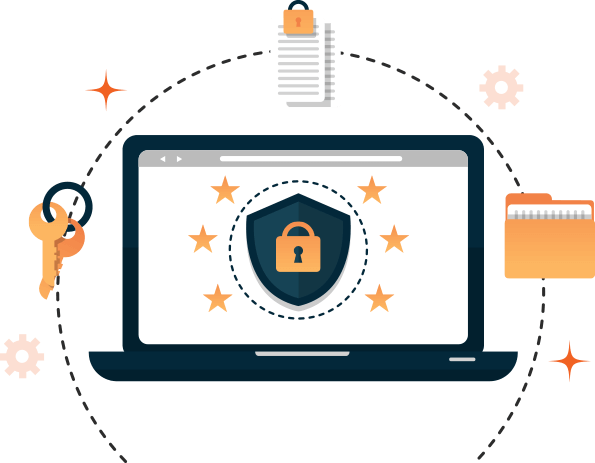S
- Sandbox Environments
- Secure Coding Practices
- Security Automation
- Security Awareness Training
- Security Champions
- Security Information and Event Management (SIEM)
- Security Orchestration
- Security Posture
- Shift-Left Security
- Smart City
- Smart Home
- Smart Manufacturing
- Smart Meters
- Smart Products
- Smart Spaces
- Software as a Service (SaaS)
- Software Composition Analysis (SCA)
- Software Defined Networking (SDN)
- Software Development Life Cycle (SDLC)
- Static Application Security Testing (SAST)
- Structured Data
Data Privacy
Simple Definition for Beginners:
Data privacy refers to the protection of sensitive information, such as personal data, from unauthorized access, use, disclosure, or alteration.
Common Use Example:
An organization implements strict data privacy policies and encryption measures to safeguard customer information, ensuring compliance with data protection regulations.
Technical Definition for Professionals:
Data privacy encompasses the policies, procedures, and technologies designed to safeguard sensitive data and ensure individuals’ rights to control how their information is collected, used, and shared. It involves protecting data against unauthorized access, theft, misuse, and disclosure, as well as ensuring data accuracy and integrity. Key aspects of data privacy include data encryption, access controls, data masking, anonymization, consent management, and data breach response planning. Data privacy regulations, such as GDPR (General Data Protection Regulation) and CCPA (California Consumer Privacy Act), set standards and requirements for organizations handling personal data, including data minimization, purpose limitation, transparency, and individual rights regarding data access, rectification, and erasure.
Data Privacy

